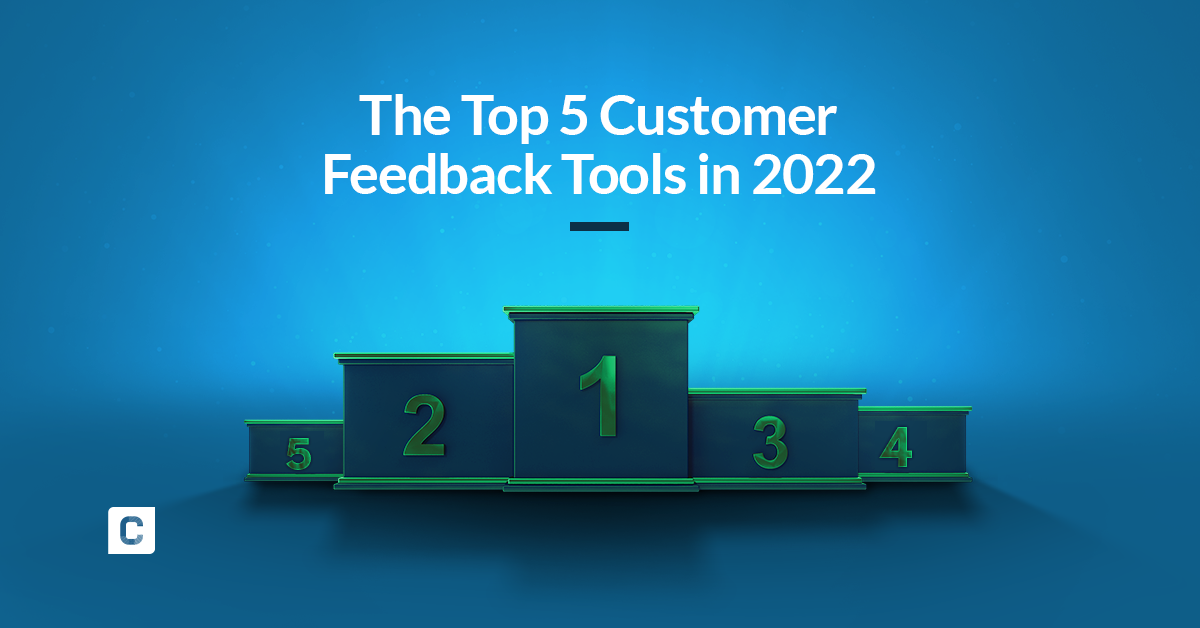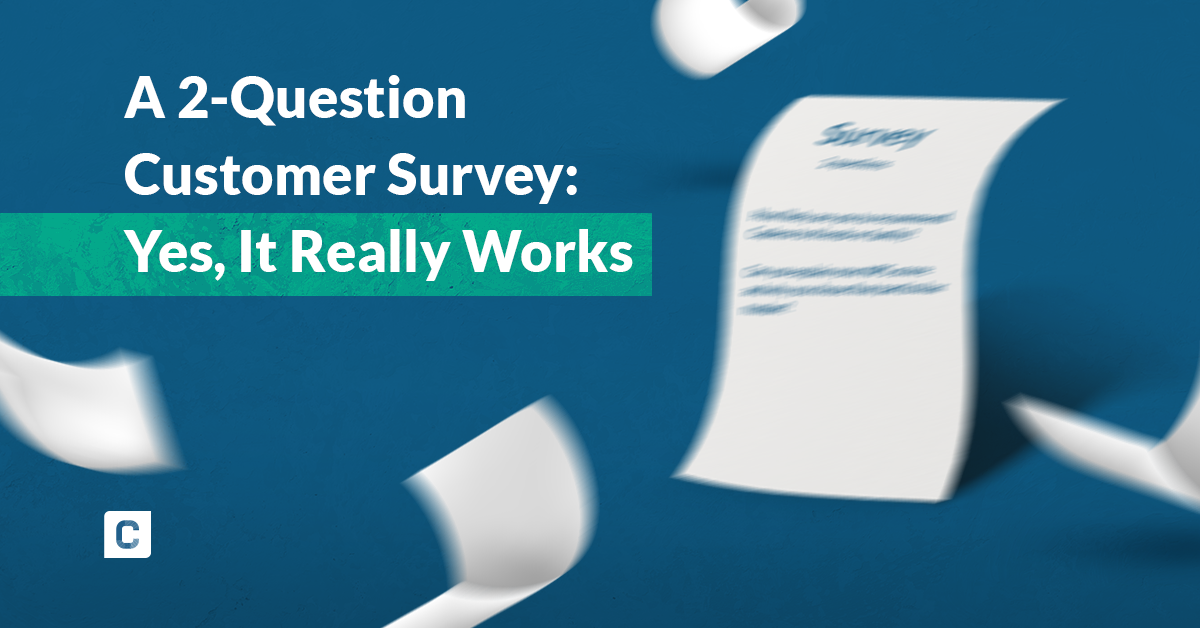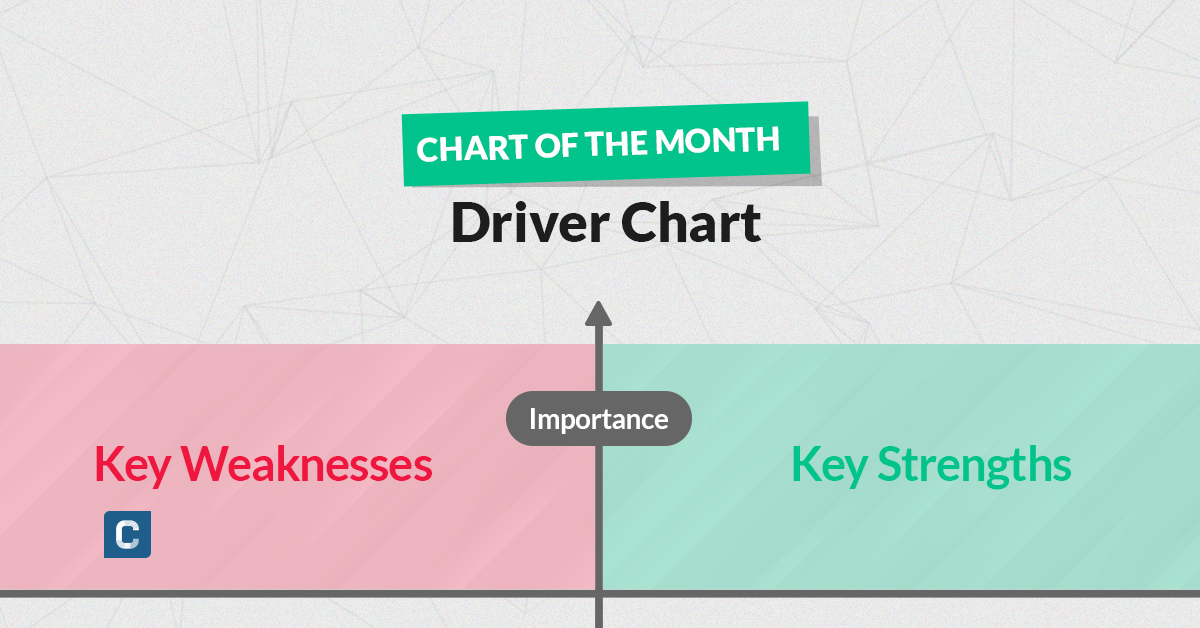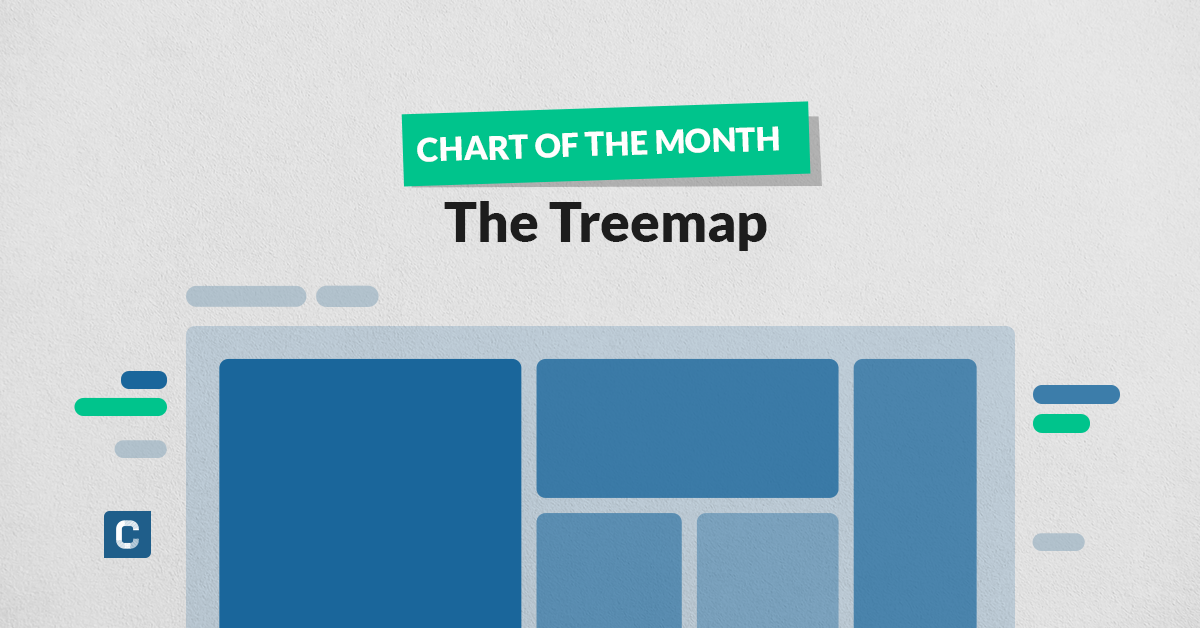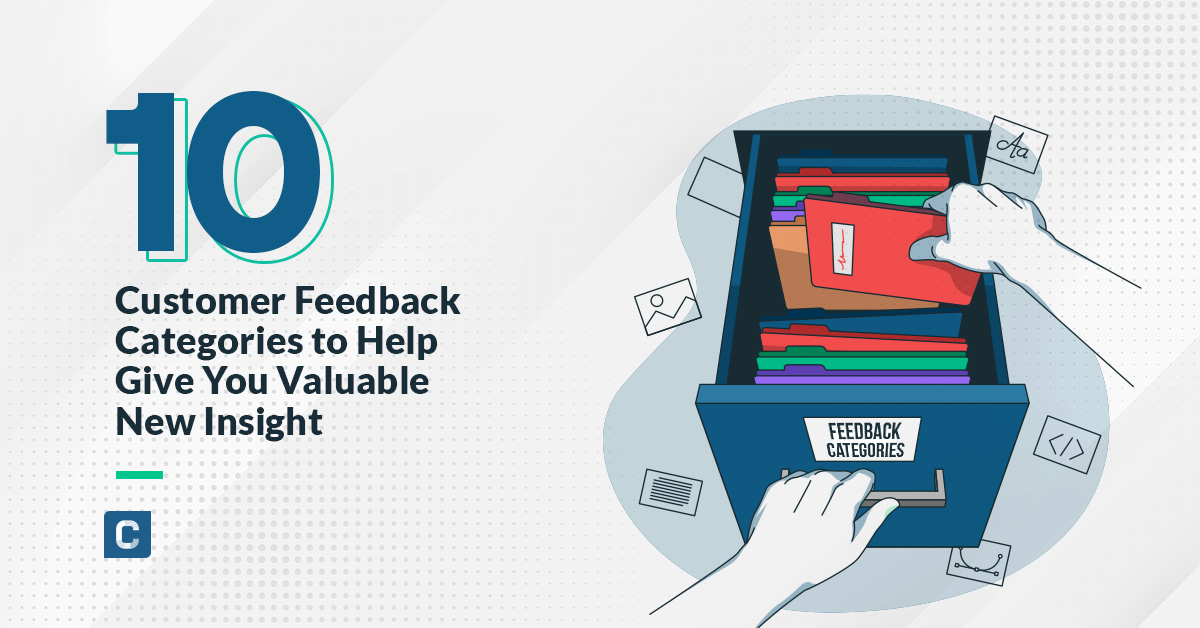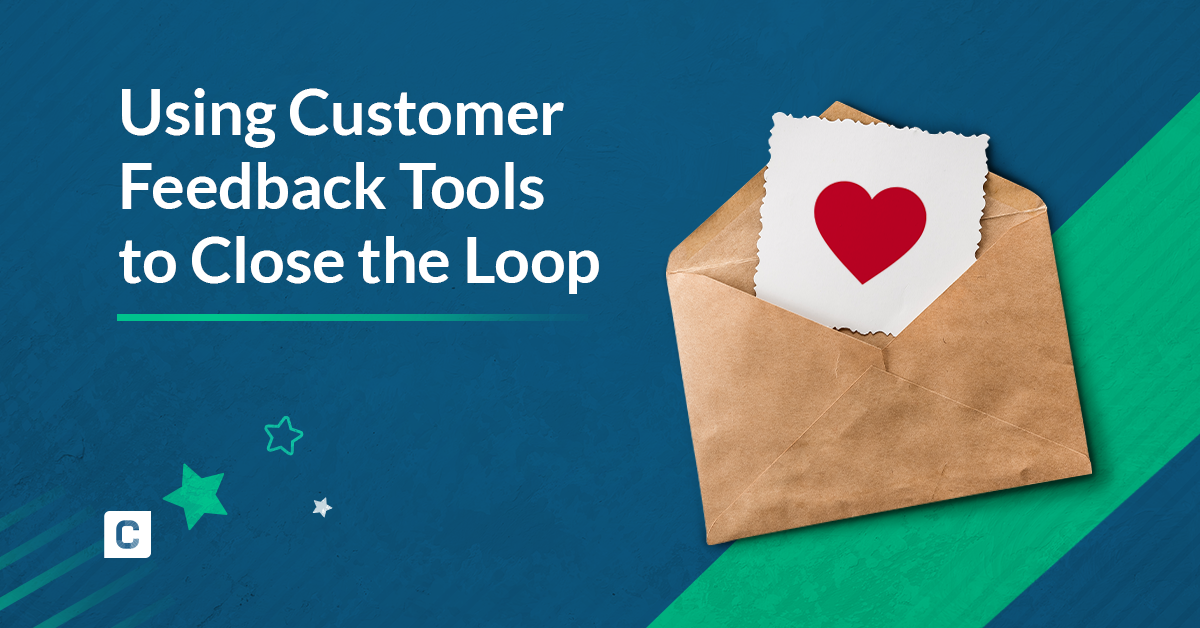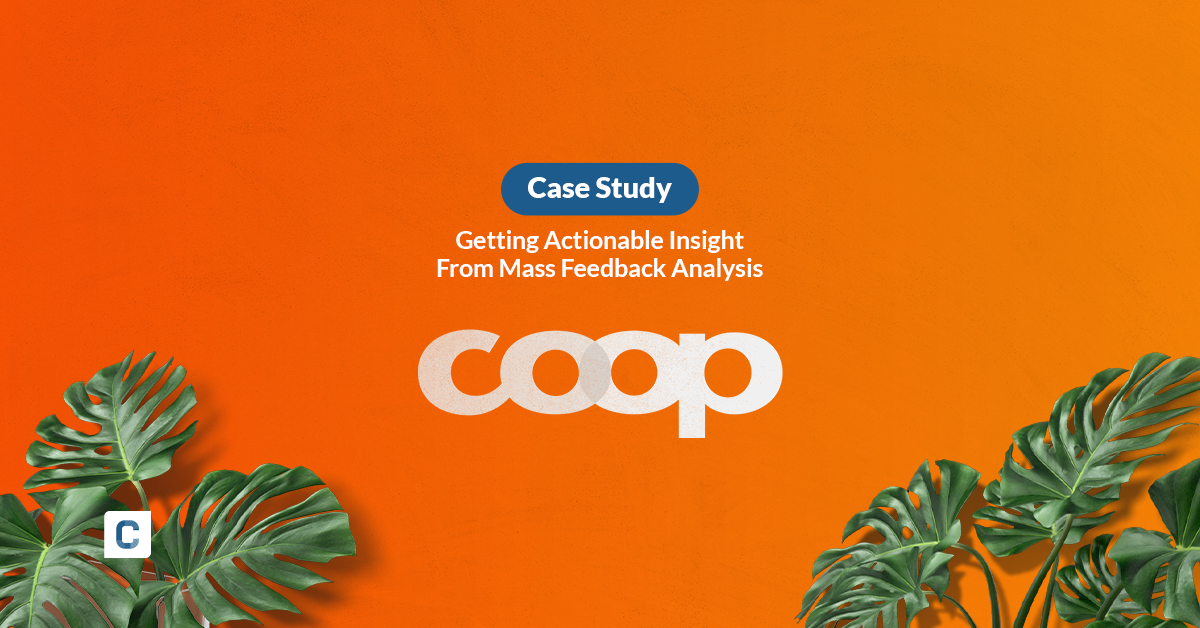5 Ways to Effectively Measure and Utilize NPS

Sheila Bugal
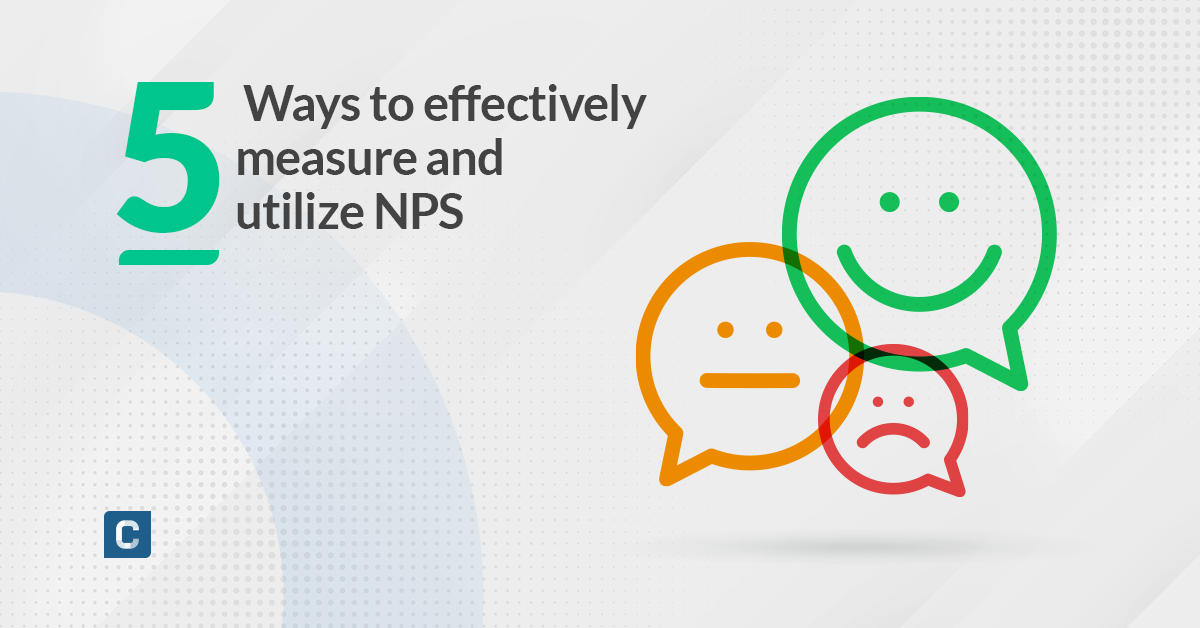
Even in an age of digital addiction, social media ads, and geo-targeting, word-of-mouth marketing is still one of the most powerful forms of marketing. Your customers – both the happy ones and the unhappy ones – have an enormous amount of leverage when it comes to your brand’s reputation. What they tell other people about your product or service has the ability to expand your business quickly or destroy new growth. That’s why it’s so important to measure NPS (Net Promoter Score) – a metric that shows you not how satisfied your customers are, but how likely they are to promote (or detract from) your business.
NPS: A Quick Rundown
Many people confuse NPS with CSAT – customer satisfaction score. While both metrics focus on customer experience, NPS measures a customer’s loyalty to your brand…not their satisfaction with a specific product or service. So, while CSAT can give insight into how happy a customer is with a product, NPS can give you a “bigger picture” idea of how your customer base perceives your business.
While a positive NPS can certainly be an encouraging sign of growth and a good indicator that you’re doing the right thing, a negative NPS is perhaps even more helpful. That’s because if your brand has an unusually high number of detractors, your brand is going to suffer. Think of it this way: One negative review can discourage potentially hundreds of customers, while it takes multiple positive reviews to persuade a prospect that your product or service is worth purchasing. Human sentiment plays a key role in your business.
If you find that you have multiple “detractors” through measuring NPS, don’t throw in the towel just yet. Instead, consider the feedback analysis as actionable advice on improving your customer experience and increasing your promoters.
If you provide an open-ended question (and you should), you’ll be able to understand why a customer is unhappy…and take steps to correct it.
5 Simple Steps to Get Started on NPS
If you’re just getting started on measuring and utilizing this key metric, don’t be intimidated. Here are five simple steps to give you a good start on understanding your NPS and using it to improve the perception of your brand.
Step #1: Build a customer survey and ask for feedback.
The first step to gathering NPS is integrating a customer survey into the user experience.
Ideally, a customer survey will be displayed on your website in a floater or chatbox. You may also choose to link out to a customer survey through a targeted email campaign to current or former customers.
In any case, be strategic about targeting customers who will provide real insight into the overall perception of your business. NPS can be gathered on a transactional basis (e.g. after contact with customer service) or on a recurring basis, such as focusing on a sample of new customers or high-value customers every month.
When you make your “ask,” be clear, friendly, and warm in your copy. Remember, gathering NPS is also a valuable opportunity to build a relationship with your customers – both the promoters and detractors. You might say “Hi! Got a minute?” or “Tell us how we’re doing.” Then you can ask, “On a scale of 0 -10, how likely are you to recommend us to friends or family?”
You might also consider offering a free incentive (such as a downloadable resource or coupon code), motivating customers to engage with your survey.
Lastly, you’ll want to include an open-ended question in your survey to give respondents the opportunity to explain their rating – either positive, negative, or neutral.
Step #2: Categorize respondents.
When you have a sufficient number of respondents, categorize them into three basic groups: Promoters; detractors; and neutrals.
Promoters are your most enthusiastic advocates. They are the customers who have given you a 9 or a 10. Those who rated you a 7 or an 8 are neutral. They might recommend you but aren’t likely to actively promote your product or service. Anyone who rates you less than a 7 is a detractor. For whatever reason (and you’ll want to give them a chance to explain), they are unlikely to give you a positive review to friends and family. In fact, they may even be vocal about criticizing your business or sharing a negative experience.
Step #3: Calculate your score.
While there are a number of different ways to calculate NPS, the simplest strategy is to calculate the total percentage of promoters and the total percentage of detractors. Then, subtract the percentage of detractors from the percentage of promoters.
% of promoters - % of detractors = NPS
If you have equal amounts of promoters and detractors, your NPS will be zero. By industry standards, anything above zero is considered okay. But as pointed out above, a single detractor may have far more influence than a single promoter – meaning you’ll want to aim at a customer base that’s not “balanced” but that has far more promoters than detractors.
NPS between 0 and 50 indicates that you are doing a decent job at fostering customer loyalty, and an NPS of 50 or above means that you are performing exceptionally well.
For example, if you have 75% promoters and 15% detractors (the remaining 10% are neutral), then you have an NPS of 60, which is a good indicator that your product or service has a loyal following.
If your NPS is above 70, you’re doing fantastic. This indicates that at a bare minimum, 70% of your customer base would count themselves as promoters of your brand. In any case, be consistent with how you measure and analyze NPS, which will allow you to accurately compare different iterations of this metric over time…and see how your score is improving (or deteriorating).
Step #4: Take a look at the open-ended feedback.
Now that you’ve calculated your NPS, you’ll want to analyze your open-ended feedback to explore the “why” behind your score.
If your score falls at zero or below, this step is especially critical to identifying why a substantial portion of your customers is unhappy. For example, you may notice a trend of dissatisfaction with customer service, which can significantly affect your score.
If your NPS falls above 50, congratulations! You’re doing a great job. Still, you’re going to want to take a look at customer feedback – even from your diehard fans – to see why it is they adore you.
Using a customer feedback tool can significantly elevate the quality and depth of your insight in this process. Caplena will automatically categorize and tag feedback, giving you deeper insight into NPS and allowing further driver analysis – helping you to identify the outcomes of certain aspects of your brand on customer loyalty.
Step #5: Communicate your NPS to the team.
Lastly, every member of your team should know your NPS along with actionable feedback points shared by both promoters and detractors. Regardless of the department, their work has an impact on your customers’ perception of your brand.
The Bottom Line
The bottom line is that NPS is a valuable, actionable metric that should never be overlooked in terms of impact. Customer loyalty has an enormous influence on retention and growth rates. It can make the difference between a product or service that becomes a breakthrough success, and one that fails.
The goal is to encourage an NPS that indicates that your customers are enthusiastically endorsing you and generating new referrals and leads that can help your brand grow quickly. This organically improves your reputation and boosts your profits.
Related blog posts
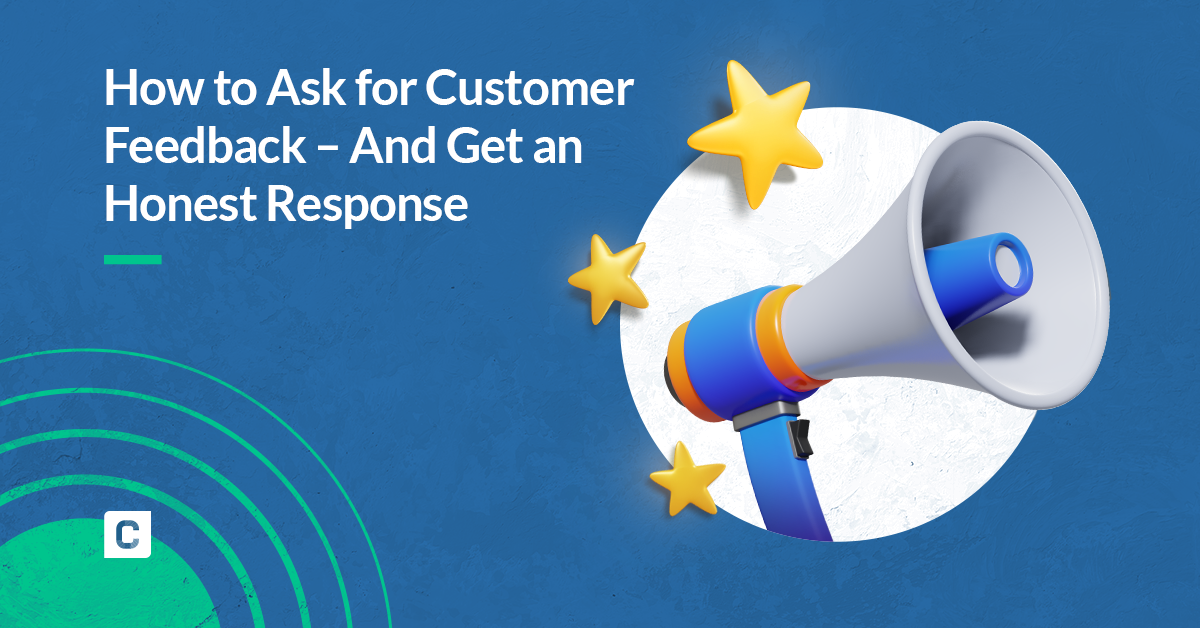
How to Ask for Customer Feedback – And Get an Honest Response
Customer feedback is about more than knowing whether your customers give your product three stars or five stars (although that is a valuable insight). It’s also about gathering the information that can help you make critical decisions and improvements….
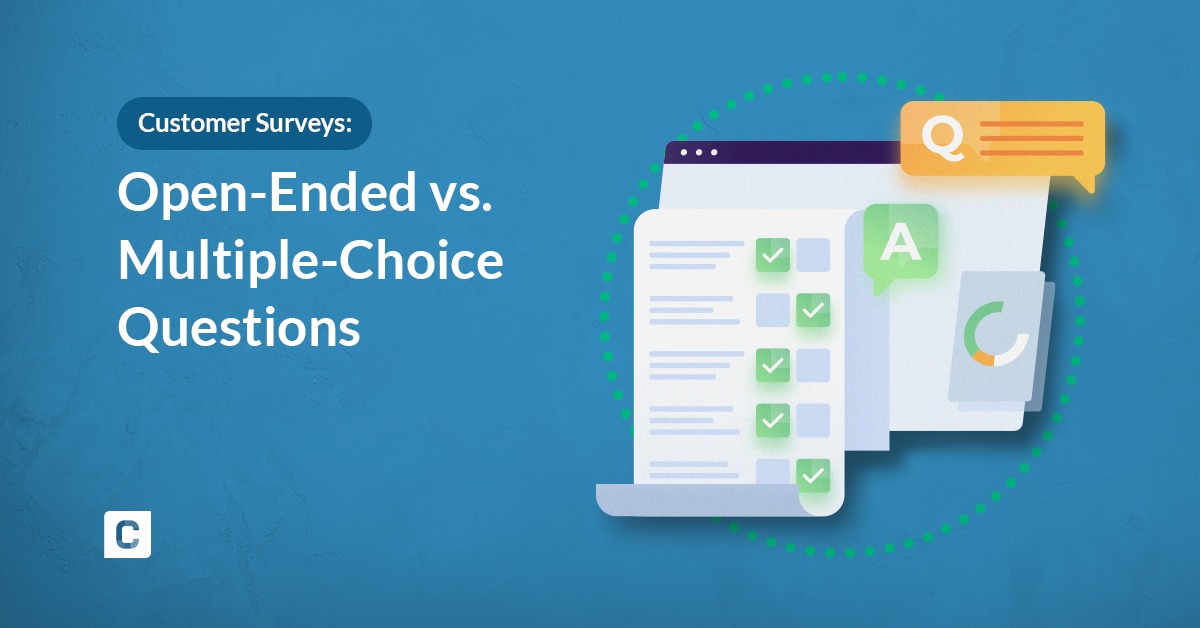
Customer Surveys: Open-Ended vs. Multiple-Choice Questions
How do you decide on what kind of survey to use? We’re eliminating some of the guesswork for you by giving you foundational advice to creating an effective customer survey, and a good old-fashioned comparison between open-ended vs. multiple-choice.

How to Ask for Customer Feedback – And Get an Honest Response
Customer feedback is about more than knowing whether your customers give your product three stars or five stars (although that is a valuable insight). It’s also about gathering the information that can help you make critical decisions and improvements….

Customer Surveys: Open-Ended vs. Multiple-Choice Questions
How do you decide on what kind of survey to use? We’re eliminating some of the guesswork for you by giving you foundational advice to creating an effective customer survey, and a good old-fashioned comparison between open-ended vs. multiple-choice.

